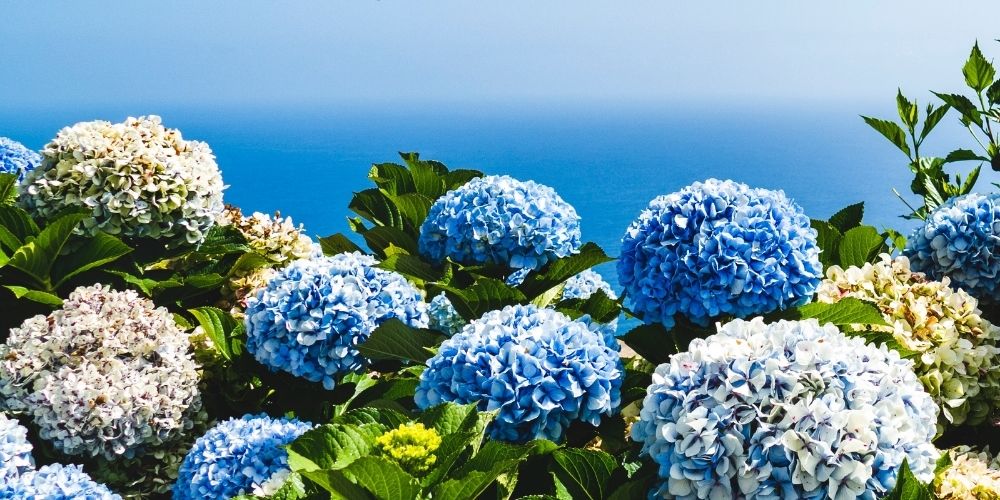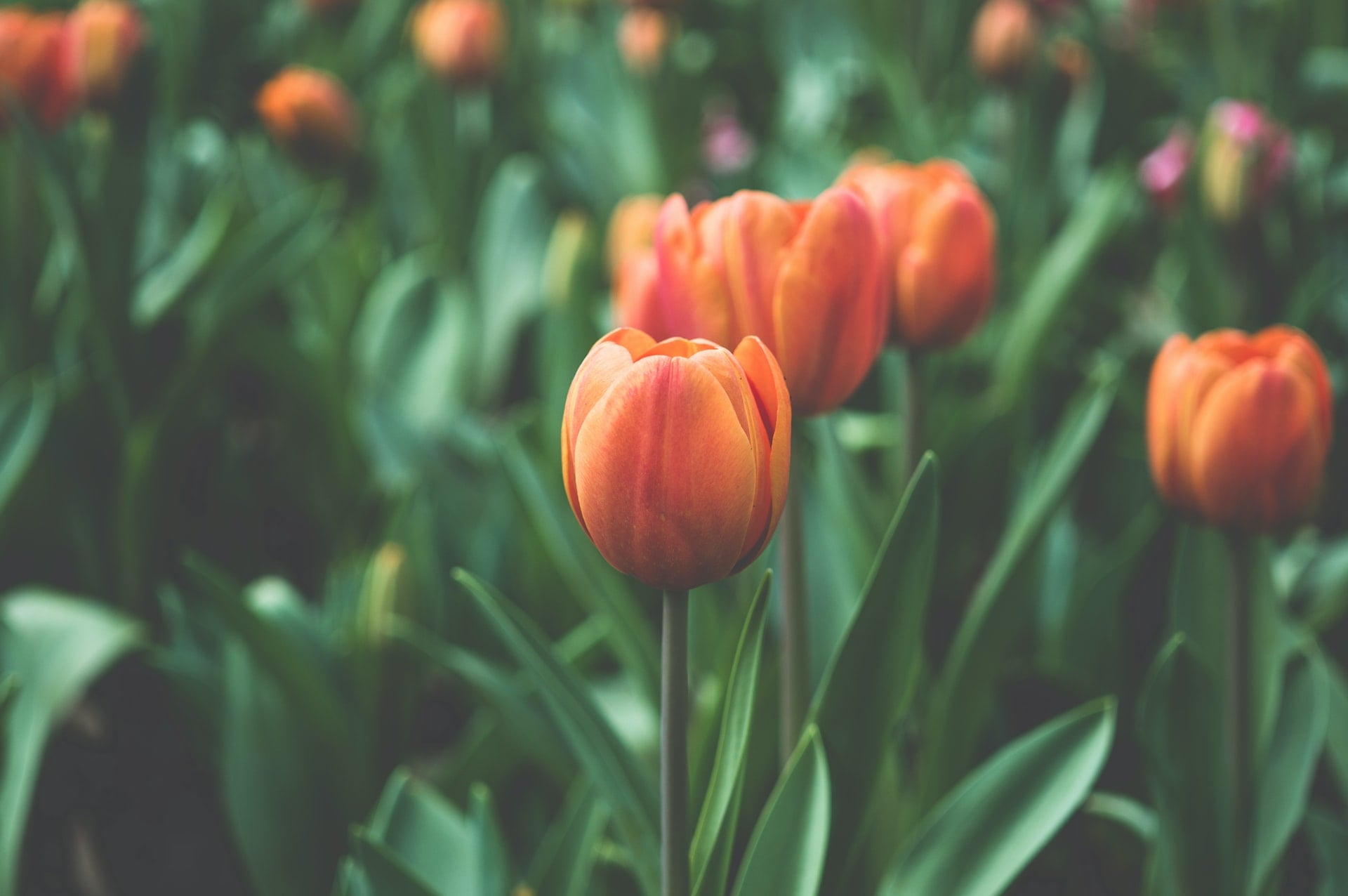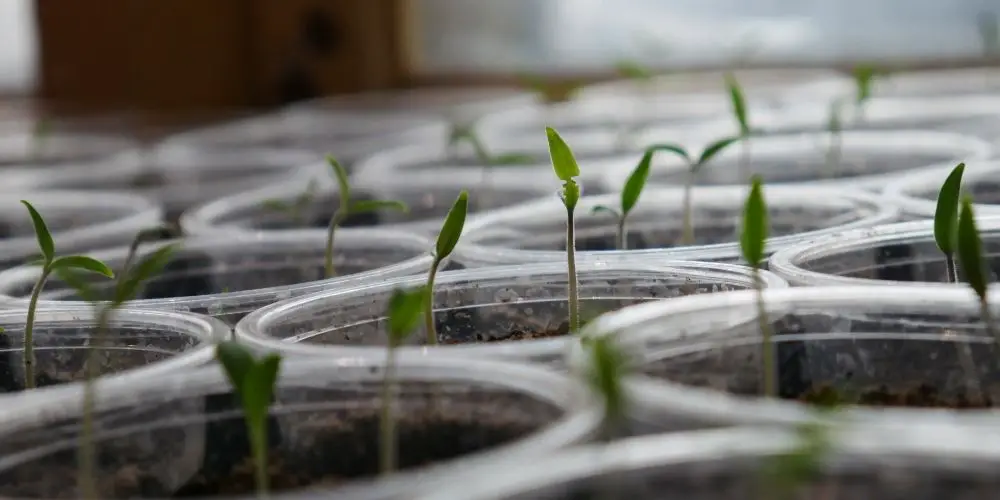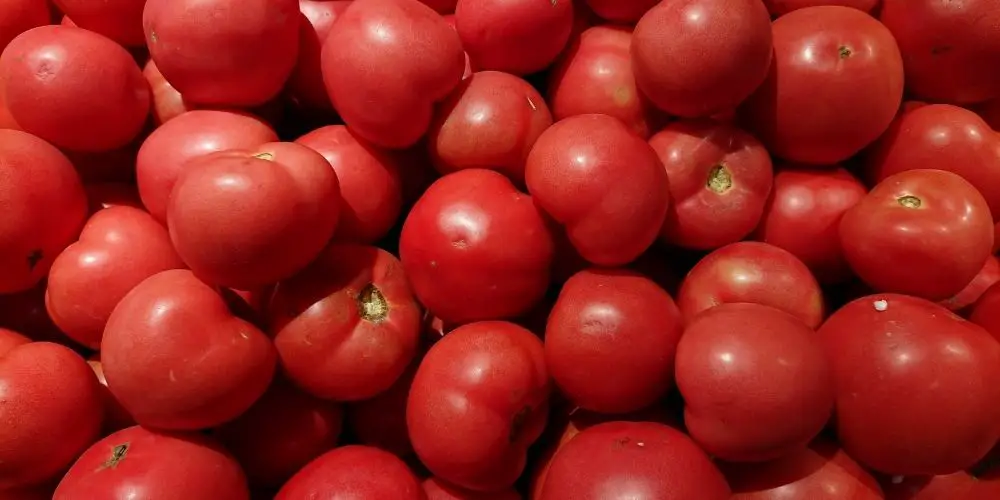Hydrangeas blooms are beautiful and popular flowers. There are times where the Brown hydrangeas blooms will need to be cut. This article will explain what types of Brown hydrangeas blooms are and when Brown hydrangea blooms should be cut.
Which Types of Hydrangea Flowers Turn Brown-The Mophead Hydrangeas
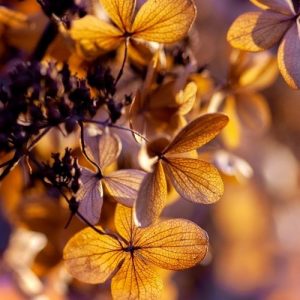
One type of hydrangea flowers that are capable of turning brown is the Mophead Hydrangeas. Mophead Hydrangeas are classified as the Hydrangea macrophylla. Some mopheads are white, pink, and blue. An example of a mophead hydrangea is the Big Daddy Hydrangea.
The Big Daddy Hydrangea blooms can be in pink or blue. This is depending on the soil pH. It is also known as soil reaction. Soil reaction is a sign of the acidity of soil. Soil reaction is measured by pH unit. A soil reaction number of 7 is neutral on the ph unit.
Which Types of Hydrangea Flowers Turn Brown-Endless Summer & Oakleaf Hydrangea
Another type of mophead hydrangea that can be turned brown are the Endless Summer blooms. The Endless Summer are the only hydrangea that can grow on both the previous year’s branches and during the new growing season.
These hydrangea blooms colors consist of blue and pink flowers. The blue and pink flowers appear from the spring through the summer seasons. However, they can turn brown. Another type of hydrangea that can turn brown is the Oakleaf Hydrangea. It is found in the southeastern part of the United States.
One reason why the Oakleaf, Endless Summer, and Nikko Blue can turn brown is turn to the fact that they are planted during a hot sunny day. This can occur around the noon hour of the day. As a result of the blooms being outside in the hot sun, the blooms will turn brown.
When Should Brown Hydrangea Blooms Be Cut
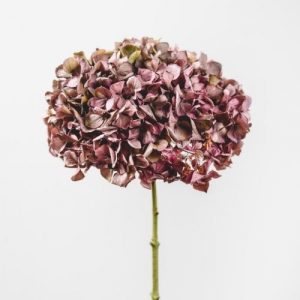
When the hydrangea flowers are turning brown, they are needed to be eliminated with cuts through a process called deadheading. Deadheading is the process of pinching or cutting off the flowers stem below the spent flower. You will need to cut above the first set of healthy leaves.
The process has be completed until all of the dead flowers are eliminated on the plant. When you’re eliminating the dead flower, you are allowing the flowering shrubs to stop producing seeds. When this occur, the shrubs can put their work into energizing the root and foliage part of the hydrangeas. Therefore in the long run, your plants will be stronger.
There are steps and items that are need before you can start deadheading hydrangeas. You will need a pair of garden gloves, pruners, and a container that will contain the faded flowers. A pruner is used for cutting thin pieces of wood. There are two types of pruners. One are the bypass pruners.
The bypass pruners have a single-edged blade. These types of pruners are the common ones that gardeners uses. Another type of pruner that you ca use for cutting off brown hydrangea blooms are anvil pruners. Anvil pruners have blades that can cut to the middle of the fat lower base of a flower.
The first thing that you need to do before deadheading hydrangea s is to wipe the pruner blade off. It will need to be wiped off with a cloth. The cloth will need be drenched in denatured alcohol. As the hydrangeas are being snipped, you will need to wipe down the pruners in between each snips.
- When should I prune Lilacs?
- When should I plant Garlic?
- Should You Choose Annual or Perennial Plants?
This will help with preventing disease from spreading through the shrub. In order to perform deadheading on the hydrangeas, you need to take each browned bloom and follow the stem down to the next set of the leaves. This is where you will do the cutting. Another benefit of cutting off brown hydrangeas blooms is that it will allow new flowers to grow.
You don’t need to do deadheading during the mid to late fall seasons.
Conclusion
It’s clear that hydrangeas such as Big Daddy, Endless Summer, Nikko Blue, and Oakleaf are some of the hydrangeas that can turn brown. When these blooms turn brown, it’s time to perform the deadheading process. Gardeners across the country use deadheading to keep their hydrangeas looking at their best throughout the seasons.

